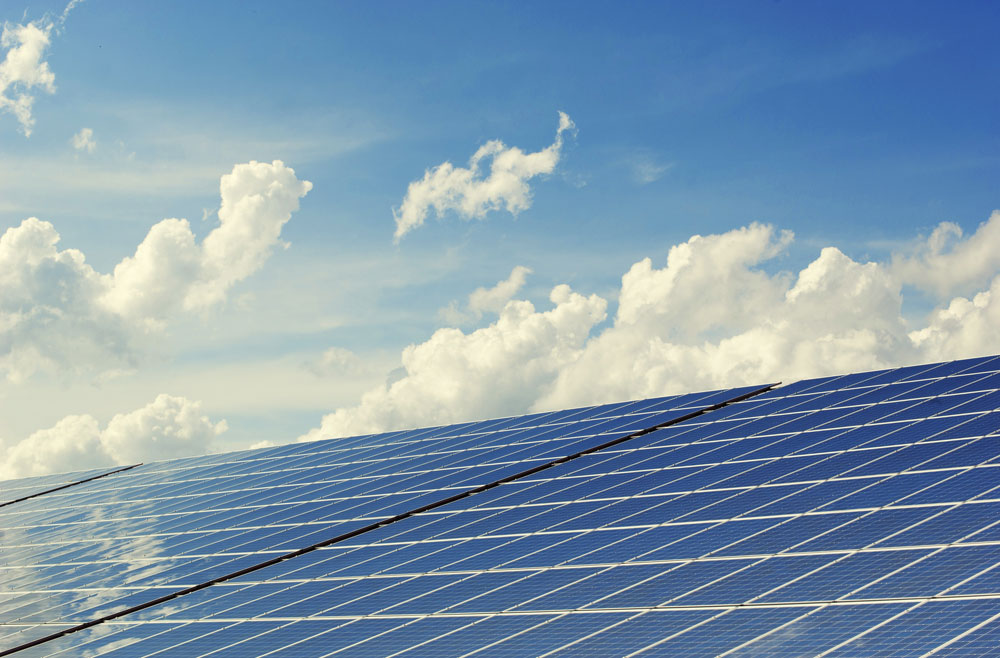How Can I Tell If My Solar Panel System is Working or Not?

More than half of Australia’s solar panel systems work below the standard. Worse, about 14% of Australia’s solar panel systems experience major damages every year that may eventually stop them from doing their intended purpose.
These damages often start small that may continue unnoticed. That is until the homeowners notice either major damage on the solar panels or perhaps a significant increase in their electric bills. If this is the case, gone are the solar panel’s intended purpose of saving the owner some money. Check out our full blog to counter the solar panel problems.
Common Solar Panel Problems
- Inverter faults and errors
Inverters play a crucial role in the solar panel system. They “invert” the direct current output into alternating current, which is the standard for all commercial appliances that we use. As such, a single problem with the inverter is the cause of nearly half of the failures of solar panel systems. When an inverter fails, the entire system will shut down and will not produce any energy. Inverter faults are caused by a lot of potential reasons, and they would often need a qualified electrician to address the situation. Luckily, inverters have a warranty of 5 to 10 years, so you this should not worry much about dealing with this issue on your own.
- Micro fractures
Micro fractures or microcracks are a tiny form of damage within the solar cells. They can cover the entire surface of the panel, while sometimes appearing only in a small portion of a cell. You can visually inspect your solar panels to view for micro fractures. These cracks, however minor, can affect the energy output and the lifetime of the solar panel system. Avoid this through proper care. It is not advisable to replace the entire module as it would be costly.
- Gradual Degradation
While solar panels can withstand past its 25-year warranty and have been designed to last for even longer, many issues can cause early failure. Some of them are caused by too much exposure to the moisture, dust, and other elements for too long. A routine visual inspection, cleaning, and maintenance of your solar panels may be enough to maximise the lifespan of your solar panel system.
- A balance of system faults
Aside from the inverter, there are other components of the solar system that may be at fault. Each of these parts needs to be working correctly to do their work smoothly. These components are best managed by your electrician.
- Positioning
The positioning of the solar panel can also affect the amount of energy it can produce. For them to work properly, the panels should be facing the sunlight directly. In Australia, the best direction for your panel is to orient them towards North. Also, having the panels face east or west will reduce the energy output by about 15%, but this can maximise early morning or late afternoon energy generation.
How Do I Detect If the Solar Panels are Working Correctly?
Your smart monitor will keep track of your solar energy system’s performance in real time and will measure against some benchmarks, including local weather data. This way, homeowners can measure not only how much energy your system is generating on any given day, but how much more energy it should be generating, and what you can do to improve it.




